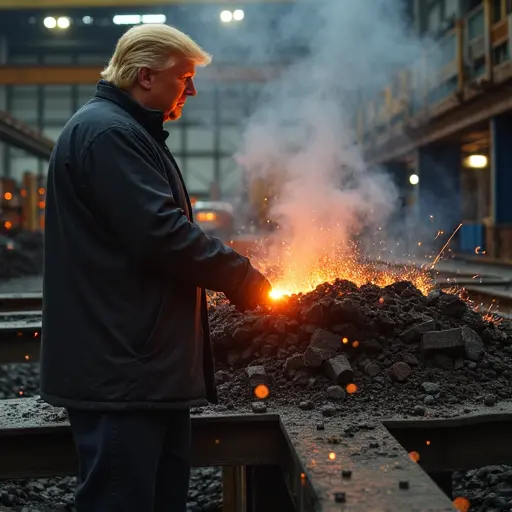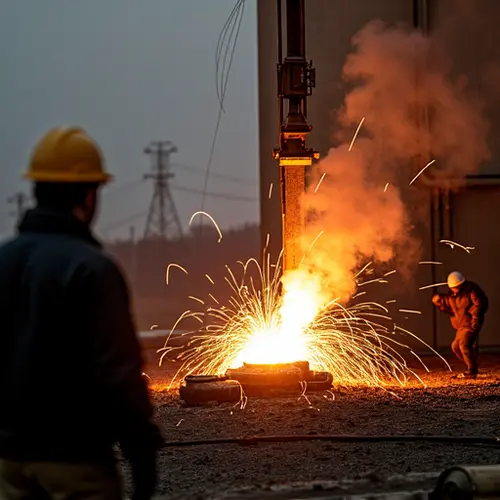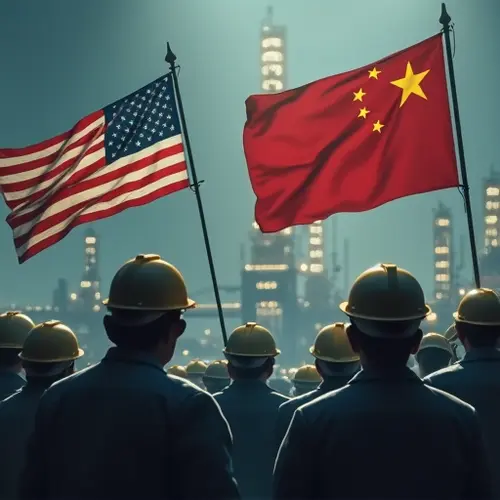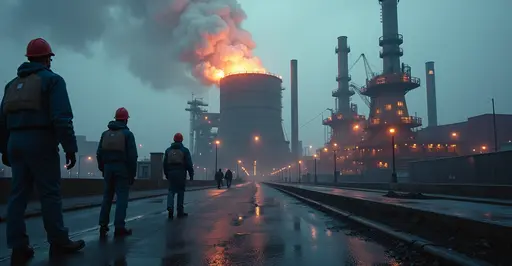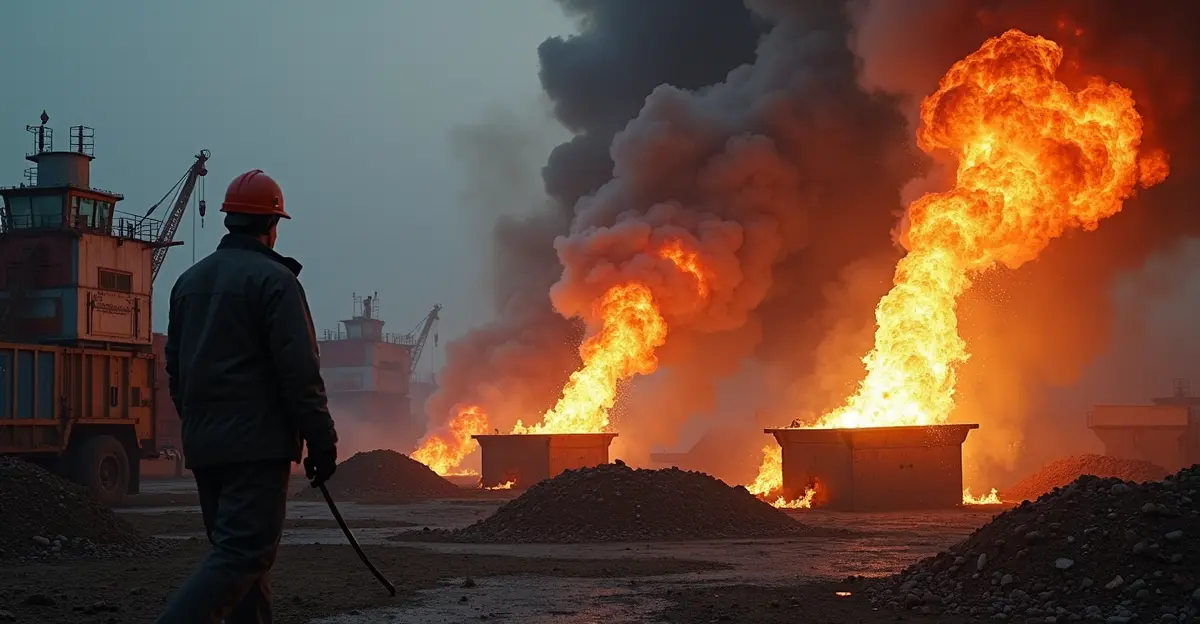
Steel Tariff Conflicts Reach Critical Point in 2025
The global steel industry is facing unprecedented trade tensions as countries worldwide implement aggressive tariff policies, triggering a chain reaction of retaliatory measures that threaten to reshape international trade relationships.
US Leads with Historic Tariff Increases
Under President Donald Trump's second administration, the United States has implemented the most significant tariff increases in over a century. According to recent data, the average applied US tariff rate skyrocketed from 2.5% to an estimated 27% between January and April 2025. The administration invoked Section 232 of the 1962 Trade Expansion Act to raise steel tariffs to 50%, along with aluminum and copper tariffs at the same rate.
The Trump administration also utilized the International Emergency Economic Powers Act (IEEPA) to impose "reciprocal tariffs" on imports from all countries not subject to other sanctions. A universal 10% tariff took effect on April 5, 2025, followed by additional country-specific measures implemented on August 7.
European Union Responds with Countermeasures
The European Union has not remained passive in the face of these aggressive US trade policies. EU officials have implemented their own defensive measures, including safeguard tariffs on steel imports to protect European producers from market distortions caused by redirected steel flows. The EU's trade defense instruments have been activated to prevent dumping of steel products that can no longer access the US market.
China's Strategic Position
China, as the world's largest steel producer, finds itself at the center of the tariff storm. The country has historically faced numerous anti-dumping investigations and tariffs from trading partners. With the new US tariffs targeting 50% of steel imports, Chinese steel exporters are seeking alternative markets while simultaneously facing pressure to reduce overcapacity in their domestic steel industry.
Global Economic Impact
The escalating steel tariff war has significant implications for the global economy. Major international organizations including the Federal Reserve, OECD, and World Bank have downgraded GDP growth projections due to the trade tensions. The tariffs have contributed to increased production costs for manufacturers worldwide, particularly in automotive, construction, and infrastructure sectors that rely heavily on steel.
By July 2025, tariffs represented 5% of US federal revenue compared to the historical average of 2%, indicating the substantial financial impact of these trade measures.
Legal Challenges and WTO Rulings
The tariff measures face ongoing legal challenges. Federal courts have ruled that tariffs imposed under the IEEPA are illegal, though they remain in effect while cases are appealed. The World Trade Organization has previously ruled that similar steel tariff implementations violated global trade rules, creating a complex legal landscape for the current trade disputes.
Future Outlook
As the steel tariff conflicts continue to evolve, industry analysts warn of potential long-term damage to global supply chains and international trade relationships. The situation remains fluid, with negotiations ongoing between major trading partners seeking to find common ground while protecting their domestic industries.

 Nederlands
Nederlands English
English Français
Français Deutsch
Deutsch Español
Español Português
Português



